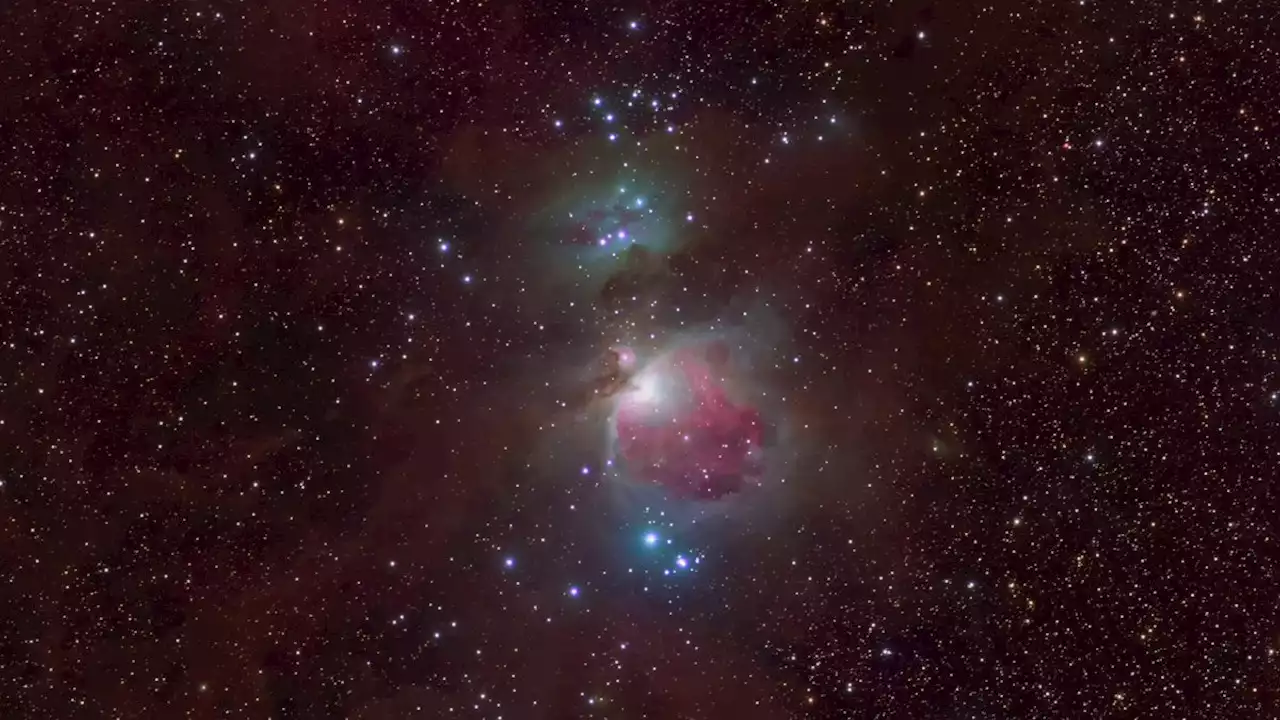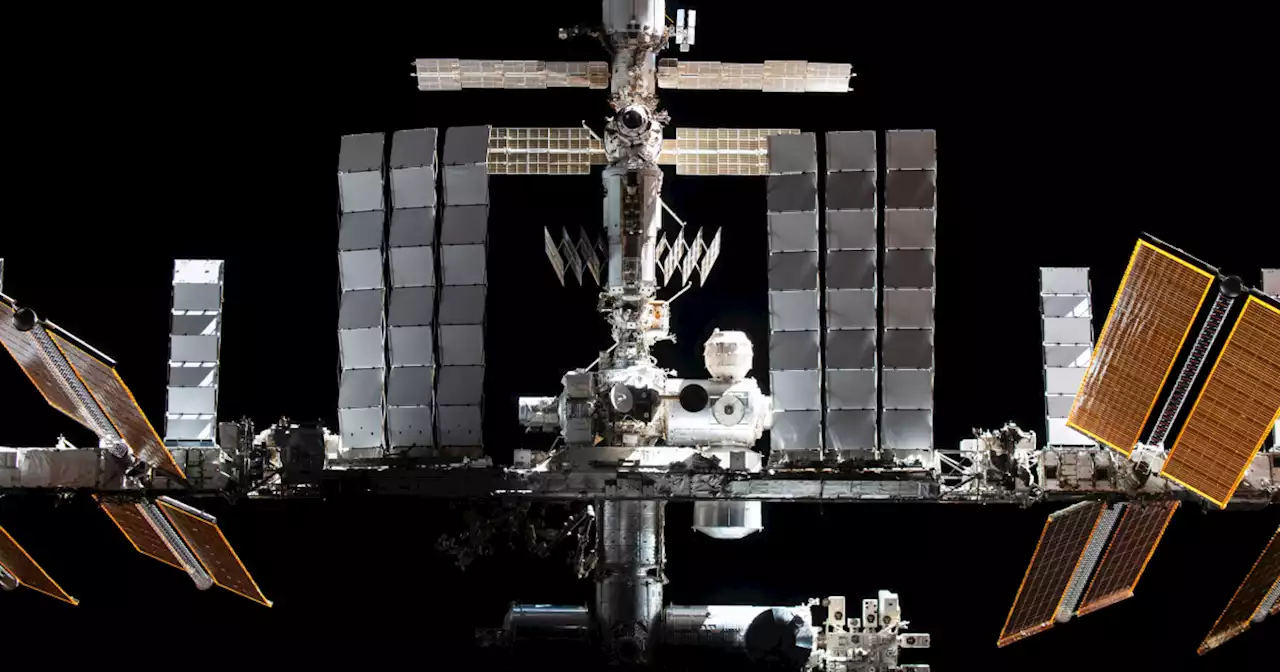The International Space Station will retire from service in 2031 by intentionally crashing into the southern Pacific Ocean, NASA says.
NASA will aim for a remote stretch of the Pacific Ocean nicknamed the "Spacecraft Cemetery" because it's a frequent target to safely de-orbit defunct spacecraft.
NASA plans to aim for a region known as Point Nemo in the so-called South Pacific Ocean Uninhabited Area, an open stretch of water east of New Zealand. This remote part of the Pacific Ocean is sometimes nicknamed the"," because it's a frequent target for space agencies and aerospace firms to intentionally de-orbit old or defunct spacecraft.
Most objects will burn up as they pass through Earth's atmosphere, but some fragments can survive. With its location far away from any landmasses, the area is considered a relatively safe place for falling space debris. In its remaining years, NASA said it plans to continue conducting research aboard the ISS while also using the lab to support deep-space exploration. In its report, the agency said it will bolster commercial ventures to develop new destinations in low-Earth orbit.
United States Latest News, United States Headlines
Similar News:You can also read news stories similar to this one that we have collected from other news sources.
 NASA plans to use drones to monitor active volcanoes | Digital TrendsNASA is working on a plan to use drones to monitor active volcanoes and give warnings of potential eruptions.
NASA plans to use drones to monitor active volcanoes | Digital TrendsNASA is working on a plan to use drones to monitor active volcanoes and give warnings of potential eruptions.
Read more »
 What's Up! | What's Up: Skywatching Tips from NASA – NASA Solar System Exploration
What's Up! | What's Up: Skywatching Tips from NASA – NASA Solar System Exploration
Read more »
Challenger: Shuttle Disaster That Changed NASAThe space shuttle Challenger was NASA'S second shuttle to reach space.
Read more »
 'Moonfall' filmmakers saved NASA shuttle simulator now in museumRobert Pearlman is a space historian, journalist and the founder and editor of collectSPACE.com, an online publication and community devoted to space history with a particular focus on how and where space exploration intersects with pop culture. Pearlman is also a contributing writer for Space.com and co-author of 'Space Stations: The Art, Science, and Reality of Working in Space” published by Smithsonian Books in 2018. He previously developed online content for the National Space Society and Apollo 11 moonwalker Buzz Aldrin, helped establish the space tourism company Space Adventures and currently serves on the History Committee of the American Astronautical Society, the advisory committee for The Mars Generation and leadership board of For All Moonkind. In 2009, he was inducted into the U.S. Space Camp Hall of Fame in Huntsville, Alabama. In 2021, he was honored by the American Astronautical Society with the Ordway Award for Sustained Excellence in Spaceflight History.
'Moonfall' filmmakers saved NASA shuttle simulator now in museumRobert Pearlman is a space historian, journalist and the founder and editor of collectSPACE.com, an online publication and community devoted to space history with a particular focus on how and where space exploration intersects with pop culture. Pearlman is also a contributing writer for Space.com and co-author of 'Space Stations: The Art, Science, and Reality of Working in Space” published by Smithsonian Books in 2018. He previously developed online content for the National Space Society and Apollo 11 moonwalker Buzz Aldrin, helped establish the space tourism company Space Adventures and currently serves on the History Committee of the American Astronautical Society, the advisory committee for The Mars Generation and leadership board of For All Moonkind. In 2009, he was inducted into the U.S. Space Camp Hall of Fame in Huntsville, Alabama. In 2021, he was honored by the American Astronautical Society with the Ordway Award for Sustained Excellence in Spaceflight History.
Read more »
